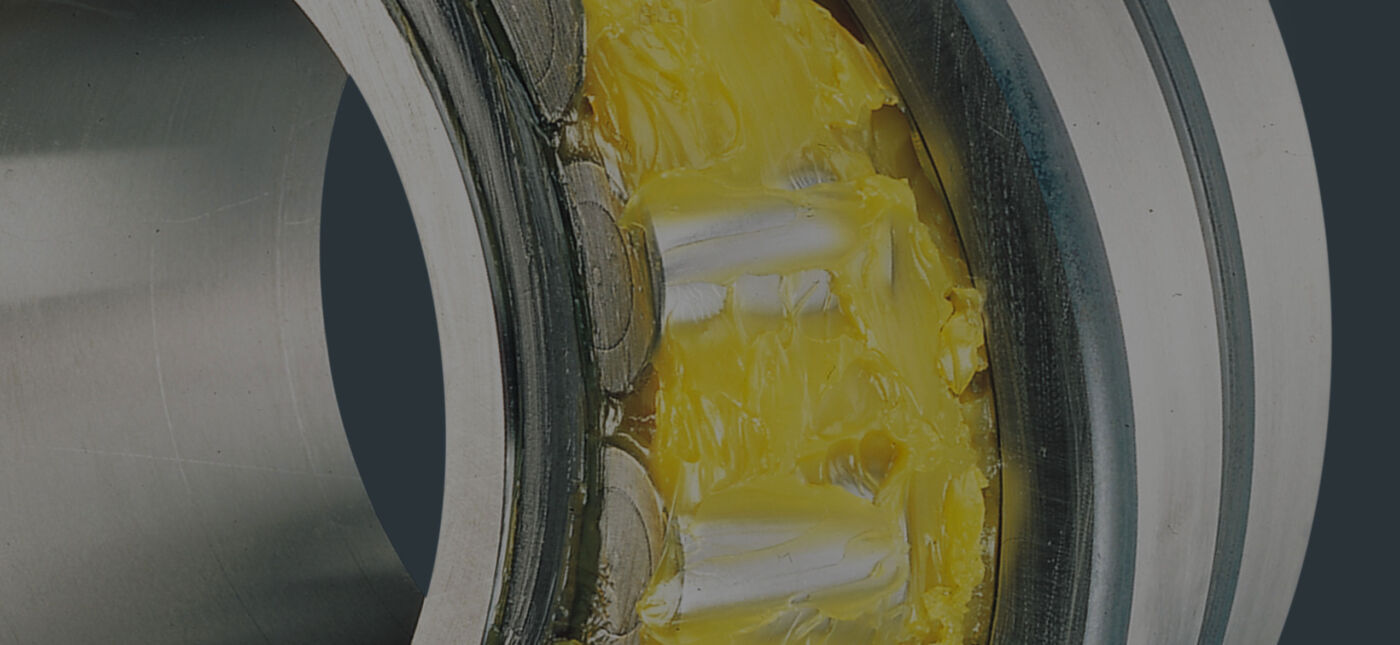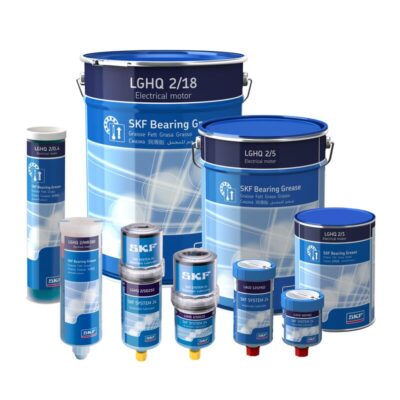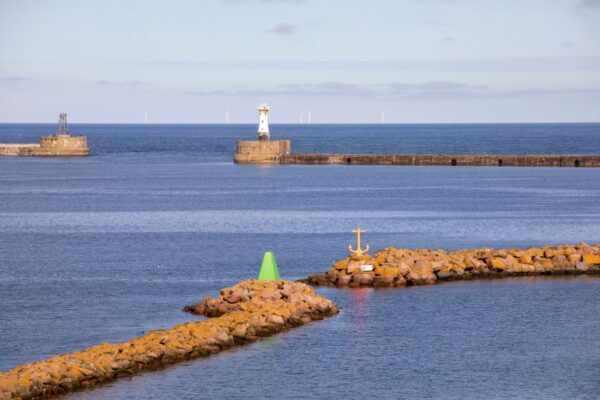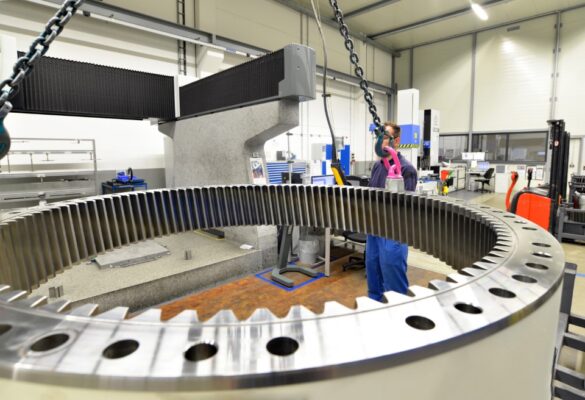If a wind turbine should fail unexpectedly, it takes an average of 250 hours (according to an Arctic University of Norway study) before it is able to resume production. First, the cause of the damage must be determined. Then a replacement component has to be ordered and delivered before the failing part can be removed and the new one reinstalled. Only then can operation continue.
Wind turbines spend about three percent of the year in downtime. Weighing that up in terms of cost, would mean a loss of around 12,000 EUR (14,200 USD) based on an average. Production capacity, i.e. the size and location of the wind farm, as well as weather conditions can have an influence on this figure too.
The risk of handing out this part of the budget on maintenance can be diminished (or at the very least delayed) by leveraging a proper lubrication plan with a carefully selected lubricant. Experience has taught us that 36 percent of all premature failures are due to incorrect specification and inadequate application of the lubricant!
Generator: smooth operator
Lubricating greases usually comprise three basic components: Base oil, thickener and additives. The former feeds grease to the bearings, reducing friction. Thickeners act as a kind of sponge, retaining oil until – because of pressure, vibration or temperature – the bearing requires relubrication. Additives further support the base oil’s ability to lubricate, as well as reducing potential wear and rust.
Even though the composition of greases is similar, various distinctions can be made. As mentioned, this is because bearings have different characteristics depending on their operating conditions they are designed to support. Bearings found in wind turbine generators, for example, heat up quickly and necessitate heat-resistant lubricating greases to combat extreme temperatures. A suitable grease for this job is a mineral oil-based polyurea grease. Its structure is very fine, allowing the grease to penetrate every gap in the bearing and protect it from wearing all around as a result of high speeds. Its resistance to heat makes it ideal for high-temperature applications. SKF’s polyurea grease offering is named LGHP 2.
LGHP 2 – Features and benefits
– Extremely long life at high temperatures
– Wide temperature range
– Excellent corrosion protection
– High thermal and mechanical stability
– Good start-up performance at low temperatures
– Compatibility with common polyurea and lithium thickened greases
– Low noise properties
Protected no matter the weather
Main shaft bearings have more diverse requirements. In most wind farms, they are tasked with withstanding high axial and radial load and have to adapt to constant fluctuations in temperature and changes in the weather – wind in particular. Therefore, there are different greases one can use depending on load and atmospheric conditions.
For main shaft bearings operating under consistently high loads and vibrations, mineral oil-based greases thickened with lithium soap are a good choice. For this purpose, SKF has recently developed the new grease LGEP 1 for large bearing applications. It is based on mineral oil, thickened with lithium and calcium and characterized by its high viscosity and low consistency. With these features it is extremely suitable for lubricating large bearings subjected to high loads and low speeds like double-row tapered roller bearing configurations which are frequently found in wind turbines: LGEP 1 can extend maintenance intervals while minimizing downtime.
LGEP 1 – Features and benefits
– Excellent mechanical stability
– Protection against fretting, wear, and corrosion
– Operation at low starting temperature
– Easy replenishment
– Low friction, good pumpability
– Water resistance
Low-consistency mineral oil-based greases with EP additives are particularly well suited for bearings subjected to radial and axial loads and which operate under high pressure in low temperatures. SKF has developed LGWM 1 for this purpose. The grease can help to ensure smooth starting even under conditions as cold as -30° C.
LGWM 1 – Features and benefits
– Good oil film formation at low temperatures down to –30 °C (–20 °F)
– High pumpability capabilities, even in low temperatures
– Good corrosion protection
– Reliable water resistance
Whatever your needs, SKF has the solution to help ensure your wind turbine’s smooth operation. For any additional questions or requests, simply reach out to one of our experts.



